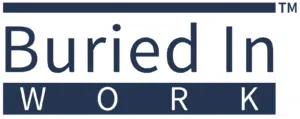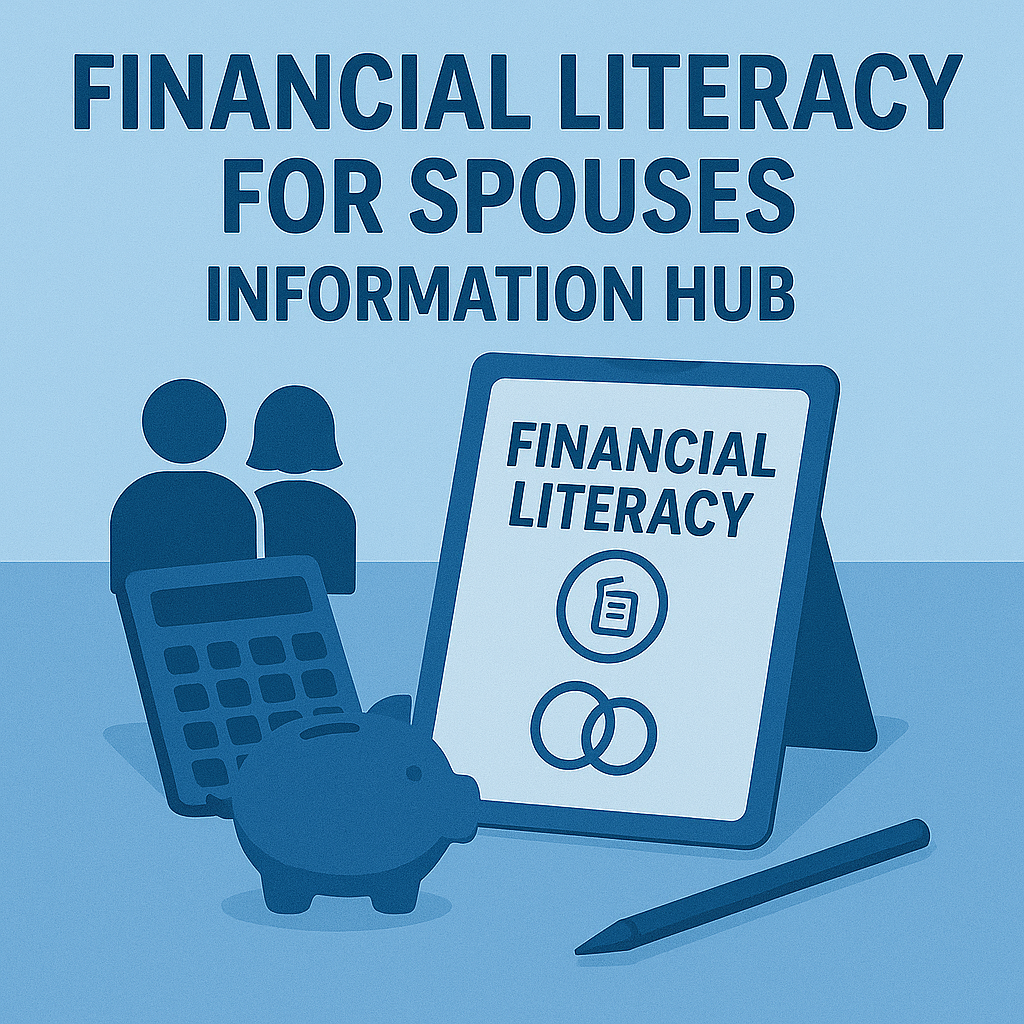
Coming Soon! Be The First To Know
Financial Literacy For Spouses Self Study Course
- Gain confidence and clarity in managing household finances and accounts, with resources and context informed by our comprehensive Information Hub.
- Learn at your own pace with recorded sessions available for flexible, on-demand viewing, offering deeper insights and additional resources not covered in the Hub.
Managing Your Finances Doesn't Have To Feel Overwhelming
Did you know that, on average, women outlive their male spouses by nearly six years? It’s a staggering statistic that highlights the importance of being prepared, because when life changes, everyone in the family needs to know how to step in and handle the finances.
This Financial Literacy For Spouses information hub is designed to equip you with foundational knowledge and confidence to begin managing your household finances and navigate the unexpected.
What You’ll Learn
- Module 1 Introduction to Financial Terms & Concepts + Organizing Your Financial Information
Learn the basics of financial terminology and how to create a system for organizing essential financial documents.
- Module 2: Managing Bills, Income Streams, and Budgets
Take control of your cash flow by tracking income, managing expenses, and building a budget that works for your needs.
- Module 3: The Importance of Account Access
Ensure you and your trusted contacts have access to critical financial accounts when needed, while keeping everything secure.
- Module 4: Avoiding Financial Scams and Fraud
Learn how to recognize scams, protect your identity, and safeguard your financial well-being.
How to Use This Information Hub
- Move at your own pace: Each module is designed to be easy to follow and actionable.
- Come back anytime: Bookmark this page as your central hub for financial security.
Disclaimer: The information provided on this page is for general informational purposes only and should not be considered legal advice. Please consult with a qualified attorney for advice specific to your situation.

